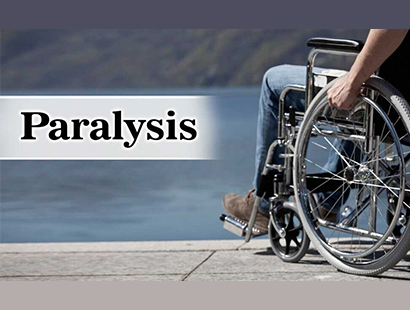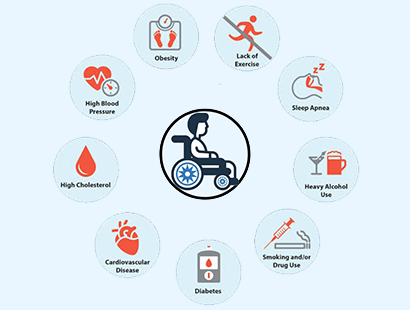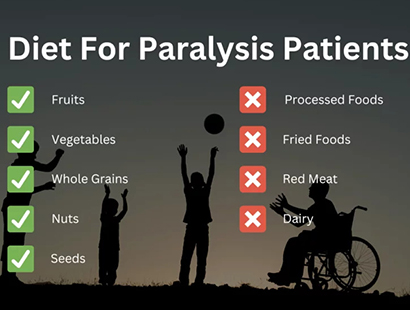Paralysis
Paralysis
Paralysis is the loss of voluntary muscle function in one or more parts of the body as a result of damage to the nervous system.
The brain and spinal cord make up the central nervous system (CNS), which is one of the two components of the nervous system.The nerves outside of the central nervous system are found in the peripheral nervous system (PNS).
The neurons, or nerve cells, in the PNS perform a variety of tasks.
For instance, motor neurons control how muscles move. The CNS receives information from sensory neurons, such as that regarding pressure, pain, and temperature.
When damage to the nerves, spinal cord, or brain interrupts the flow of nerve signals, paralysis results.


Symptoms of Paralysis
Depending on the nature and origin of the problem, symptoms can differ. The lack of muscle function in one or more body parts is the most typical paralysis symptom.
Signs and symptoms of paralysis include:
- Muscle numbness or discomfort in the impacted areas
muscular tremor - Muscle atrophy is the observable loss of muscle.
stiffness - voluntary twitches or spasms
When damage to the nerves, spinal cord, or brain interrupts the flow of nerve signals, paralysis results.
Types of Paralysis
- Complete Paralysis
- Partial or Incomplete Paralysis
- Localized Paralysis
- Generalized Paralysis
- Monoplegia
- Diplegia
- Hemiplegia
- Quadriplegia (or tetraplegia)
- Paraplegia
- Locked-in syndrome

